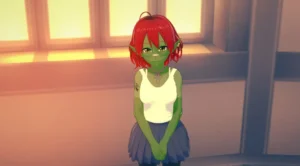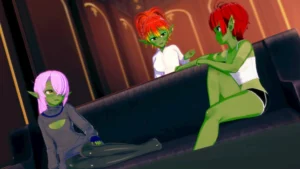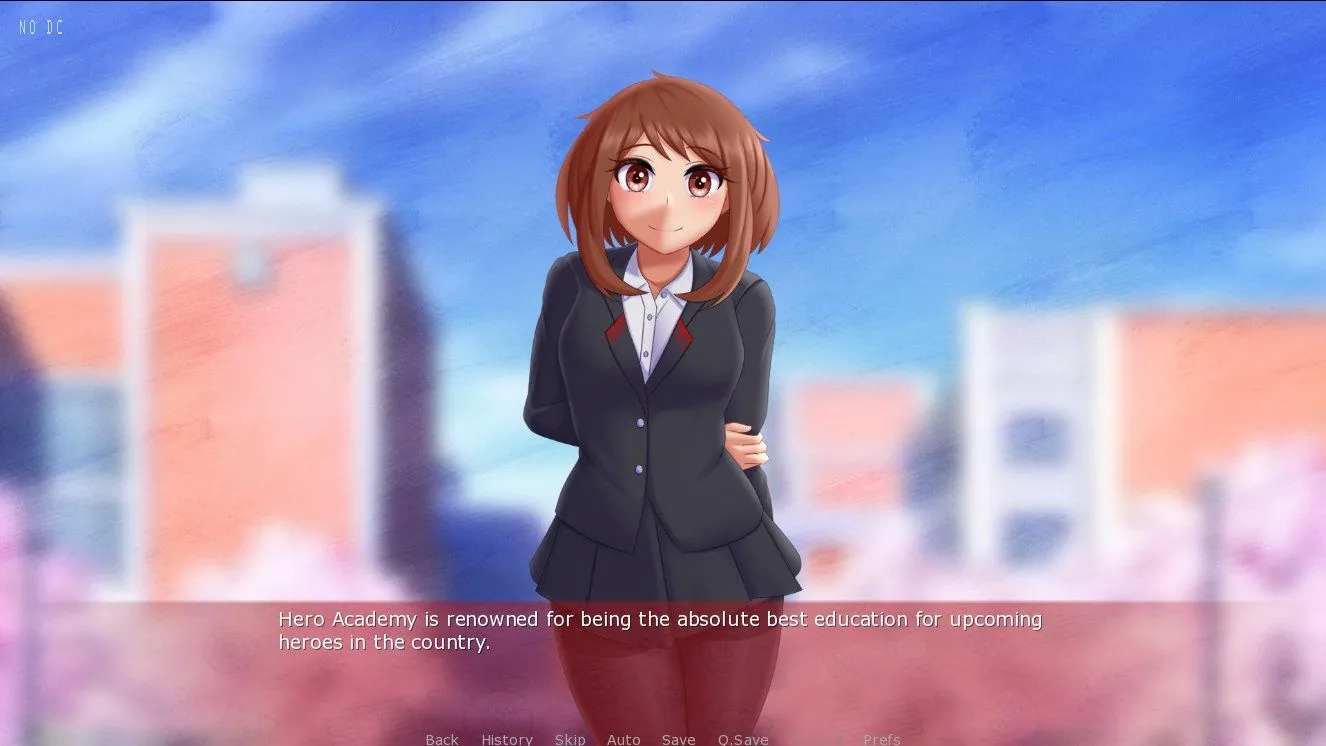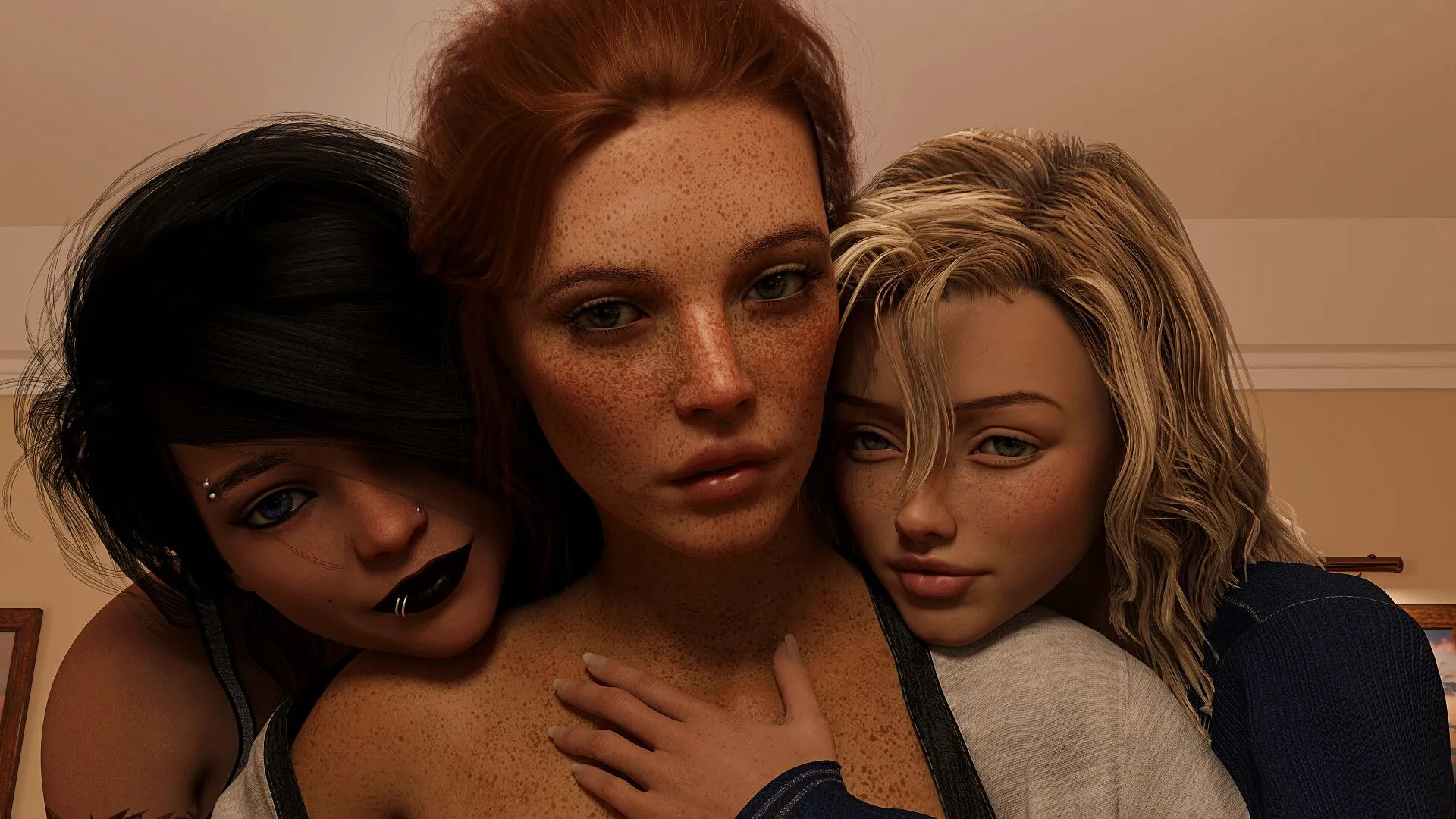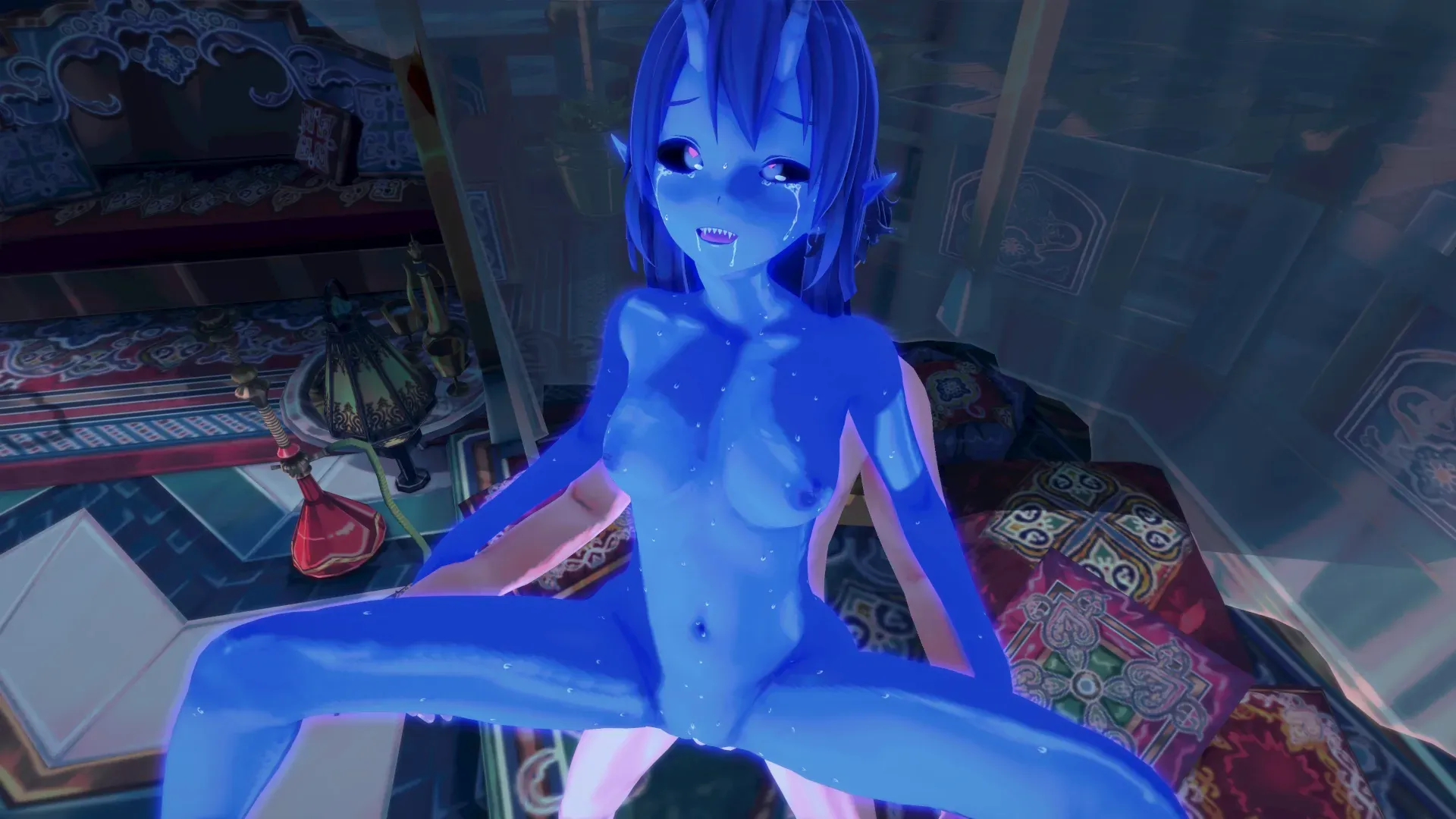
Tales of Unity
Play Tales of Unity
Tales of Unity review
A Deep Dive into the Story and Themes
In the world of interactive storytelling, ‘Tales of Unity’ stands out for its unique blend of narrative depth and character-driven interactions. This game, developed by Stronkboi, offers a compelling story set in a post-war world where humanity faces significant challenges. Unlike many games in its genre, ‘Tales of Unity’ integrates mature themes naturally into its narrative, making it a standout title for those interested in complex storytelling.
Story and Setting
Let me tell you about the first time I truly got lost in the world of “Tales of Unity.” I was playing late at night, just intending to complete one more quest, and suddenly two hours had vanished. 🌙 That’s the magic of this game—it doesn’t just tell you a story; it pulls you into a living, breathing world where your choices genuinely matter. The Tales of Unity story is the heart and soul of the experience, a masterclass in interactive storytelling that I haven’t seen matched in a long time.
The World of ‘Tales of Unity’
Step into Aethelgard, a continent shattered by a magical cataclysm and now precariously held together by a fragile alliance. 🗺️ This isn’t your typical high-fantasy setting of clear-cut good versus evil. It’s a land of grey areas, where the sun-scorched deserts of the Meridian Empire contrast with the misty, tradition-bound forests of the Kaelen tribes. The environment itself is a character, telling a story of past glory and present struggle.
What makes the Tales of Unity gameplay so compelling here is how the setting directly influences your journey. The political tension between factions isn’t just background noise; it’s the engine of the plot.
Tip: Pay close attention to the environmental details in each region. They often contain subtle clues about local conflicts and hidden quests.
For example, I remember a simple side-quest where I had to mediate a land dispute between a Meridian mining outpost and a Kaelen hunting ground. The “right” choice wasn’t obvious. Supporting the miners would boost resources for the central alliance, but it would destroy a sacred Kaelen site. My decision had tangible consequences, altering my standing with both factions and even changing the dialogue options available to me hours later in the main story. This is the Tales of Unity story at its best—your actions permanently etch your mark onto the world.
| Faction | Core Belief | Relationship to the Central Conflict |
|---|---|---|
| The Meridian Empire | Progress & Order through technology | Seeks to unify the continent under a single, logical rule. |
| The Kaelen Tribes | Tradition & Harmony with nature | Fights to preserve their ancestral lands and way of life. |
| The Free Cities Coalition | Meritocracy & Personal Freedom | Acts as a wildcard, exploiting the conflict for their own gain. |
Character Development and Interactions
If the world is the stage, the characters are the unforgettable actors who bring the Tales of Unity story to life. This is a true character-driven narrative, where your companions are not just quest-givers or combat aids; they are complex individuals with their own ambitions, fears, and moral compasses. 🤝
Take Elara, the disgraced Imperial Knight you meet early on. She’s not just a stoic warrior; she’s grappling with a deep-seated shame over a past failure. Through conversations around the campfire and key story decisions, you can choose to help her seek redemption, push her toward a path of cynical pragmatism, or something in between. I found myself genuinely caring about her journey, not because the game told me to, but because I had helped shape it.
The Tales of Unity gameplay brilliantly ties character growth to player action. Your companions will approve or disapprove of your choices in real-time, and they won’t hesitate to challenge you—or even leave your party—if your actions repeatedly clash with their core values. This system creates incredibly dynamic relationships. It forces you to think not just about what you want, but what the people you’ve come to care about will think.
Incorporating Mature Themes
“Tales of Unity” stands out because it isn’t afraid to get its hands dirty. It confidently explores mature themes in games beyond simple violence, delving into the psychological and ethical cost of leadership. We’re talking about the heavy stuff: the burden of command, the morality of sacrificing a few for the many, and the personal toll of constant war. 💔
I was particularly struck by a narrative arc dealing with post-traumatic stress. It wasn’t a side note; it was a central part of a companion’s storyline, handled with a surprising sensitivity that explored their struggle with insomnia, hyper-vigilance, and guilt. This wasn’t just for drama—it affected their performance in combat and the advice they gave me. It added a layer of emotional weight that is often missing from fantasy epics.
This thoughtful approach to mature themes in games elevates the entire experience. Your decisions often lack a “perfect” outcome, leaving you to live with the messy, complicated consequences. This creates a far more engaging and memorable Tales of Unity story because it mirrors the difficult choices we face in our own lives, just on a grander scale. The game respects you enough to not provide easy answers, making your personal journey through its world all the more powerful. ✨
In conclusion, ‘Tales of Unity’ offers a unique gaming experience with its deep narrative and character-driven interactions. By integrating mature themes naturally into the story, it stands out from other games in its genre. For those interested in complex storytelling and interactive gameplay, ‘Tales of Unity’ is certainly worth exploring.


